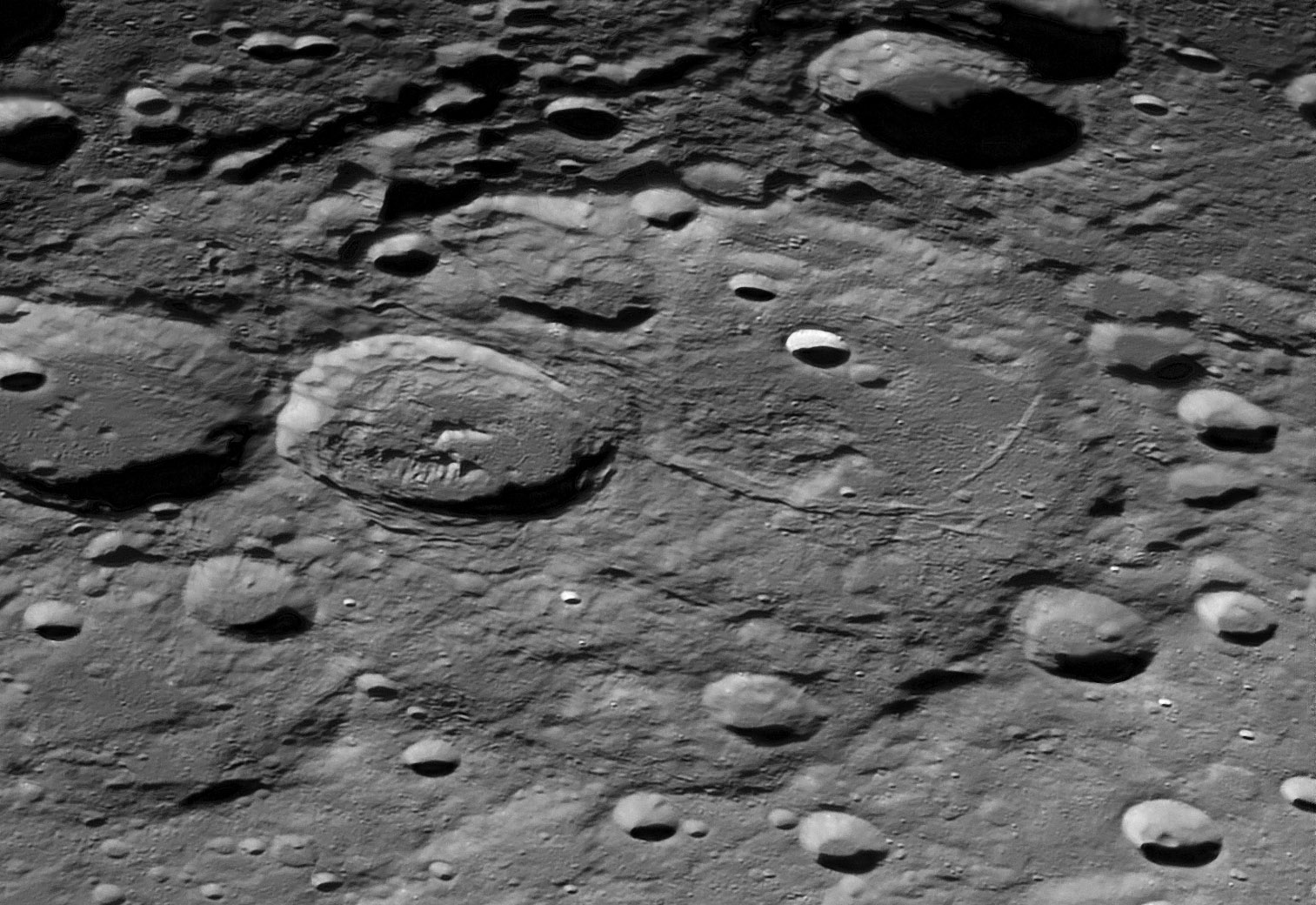Difference between revisions of "November 9, 2009"
| Line 1: | Line 1: | ||
__NOTOC__ | __NOTOC__ | ||
=Perambulations Among Complexity= | =Perambulations Among Complexity= | ||
| − | |||
<!-- ws:start:WikiTextHeadingRule:0:<h1> --> | <!-- ws:start:WikiTextHeadingRule:0:<h1> --> | ||
<!-- ws:start:WikiTextLocalImageRule:6:<img src="/file/view/LPOD-November_9-09.jpg/101149083/LPOD-November_9-09.jpg" alt="" title="" style="width: 1000px;" /> -->[[File:LPOD-November_9-09.jpg|LPOD-November_9-09.jpg]]<!-- ws:end:WikiTextLocalImageRule:6 --><br /> | <!-- ws:start:WikiTextLocalImageRule:6:<img src="/file/view/LPOD-November_9-09.jpg/101149083/LPOD-November_9-09.jpg" alt="" title="" style="width: 1000px;" /> -->[[File:LPOD-November_9-09.jpg|LPOD-November_9-09.jpg]]<!-- ws:end:WikiTextLocalImageRule:6 --><br /> | ||
| − | <em>image by [mailto:STARMAN2@ALLEGIANCE.TV Wes Higgins]</em><br /> | + | <em>image by [mailto:STARMAN2@ALLEGIANCE.TV" rel="nofollow Wes Higgins]</em><br /> |
<br /> | <br /> | ||
| − | Not since Wes' previous [ | + | Not since Wes' previous [/October+14%2C+2008 image] have we had such a revealing view of this complex region. Fabricius, the large crater on top of Janssen has a poorly understood U-shaped mountain range. It presumably is debris that slid down from the walls - in fact, on the farside the debris is still adjacent to the wall, as in most craters. But on the near side it is separated, and it also looks structured rather than like a chaotic mound of slumped material. The small [http://www.lpod.org/archive/LPOD-2005-04-24.htm" rel="nofollow rille] on the south end of the floor may be a crack in an [/October+14%2C+2008 impact melt] pond, rather than a volcanic feature. The relation between Fabricius and the broad rille in Janssen is unexpected. Because the rille cuts the rim of Fabricius, the rille must have formed more recently than that crater. The [http://www.lpi.usra.edu/resources/cla/info/gi/" rel="nofollow lack] of a bright nimbus and rays suggests that Fabricius is older than a billion years so perhaps it is as old as 3.5 billion years, when most of the Moon's normal rilles formed. But still there is no obvious reason why it should have formed, and I don't know.<br /> |
<br /> | <br /> | ||
| − | <em>[mailto:tychocrater@yahoo.com Chuck Wood]</em><br /> | + | <em>[mailto:tychocrater@yahoo.com" rel="nofollow Chuck Wood]</em><br /> |
<br /> | <br /> | ||
<strong>Technical Details</strong><br /> | <strong>Technical Details</strong><br /> | ||
| Line 15: | Line 14: | ||
<strong>Related Links</strong><br /> | <strong>Related Links</strong><br /> | ||
Rükl plate [http://the-moon.wikispaces.com/R%C3%BCkl+68 68]<br /> | Rükl plate [http://the-moon.wikispaces.com/R%C3%BCkl+68 68]<br /> | ||
| − | Wes' new lunar [http://higginsandsons.com/astro/ webpage]<br /> | + | Wes' new lunar [http://higginsandsons.com/astro/" rel="nofollow webpage]<br /> |
<br /> | <br /> | ||
<hr /> | <hr /> | ||
Revision as of 19:14, 4 January 2015
Perambulations Among Complexity

image by " rel="nofollow Wes Higgins
Not since Wes' previous [/October+14%2C+2008 image] have we had such a revealing view of this complex region. Fabricius, the large crater on top of Janssen has a poorly understood U-shaped mountain range. It presumably is debris that slid down from the walls - in fact, on the farside the debris is still adjacent to the wall, as in most craters. But on the near side it is separated, and it also looks structured rather than like a chaotic mound of slumped material. The small " rel="nofollow rille on the south end of the floor may be a crack in an [/October+14%2C+2008 impact melt] pond, rather than a volcanic feature. The relation between Fabricius and the broad rille in Janssen is unexpected. Because the rille cuts the rim of Fabricius, the rille must have formed more recently than that crater. The " rel="nofollow lack of a bright nimbus and rays suggests that Fabricius is older than a billion years so perhaps it is as old as 3.5 billion years, when most of the Moon's normal rilles formed. But still there is no obvious reason why it should have formed, and I don't know.
" rel="nofollow Chuck Wood
Technical Details
11-05-09, 9:22 UT. 18 Inch Reflector, stack of 427 frames from 1100, Avistack, Photoshop CS4
Related Links
Rükl plate 68
Wes' new lunar " rel="nofollow webpage



